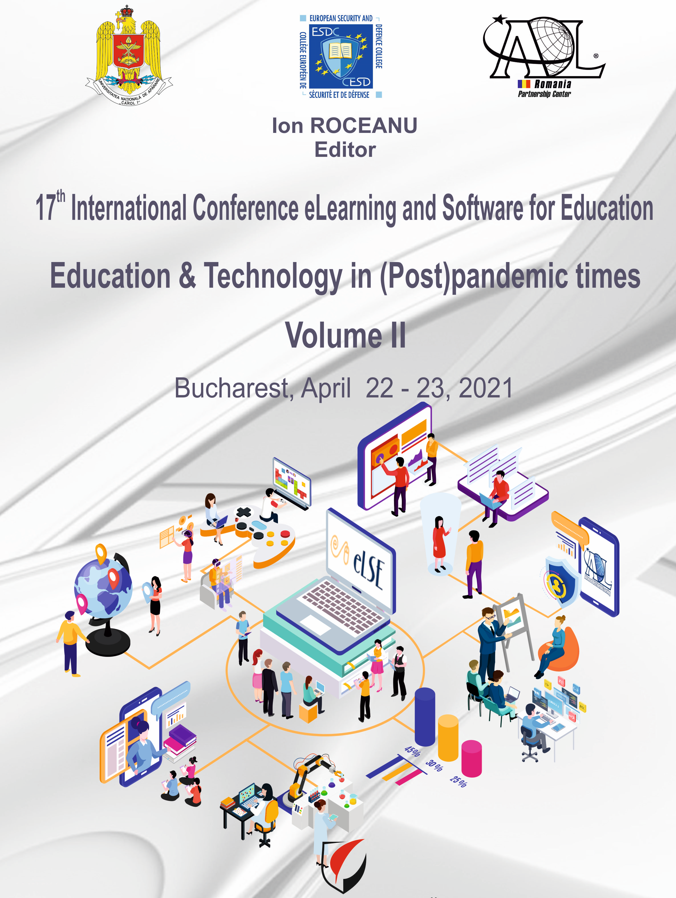VIRTUAL AND AUGMENTED REALITY TECHNOLOGIES IN TRAINING ESP FOR TECHNICAL STUDENTS
VIRTUAL AND AUGMENTED REALITY TECHNOLOGIES IN TRAINING ESP FOR TECHNICAL STUDENTS
Author(s): Angelina I. Dubskikh, Anna V. Butova, Olesya V. Kisel, Galina А. BosikSubject(s): Education, Foreign languages learning, ICT Information and Communications Technologies, Distance learning / e-learning
Published by: Carol I National Defence University Publishing House
Keywords: ICTs; educational environment; virtual reality; VR technology; AR technology; foreign language competence; ESP; motivation;
Summary/Abstract: In modern conditions, when the whole world is faced with the coronavirus pandemic, digital educational technologies have become an effective way of organizing the learning process, which has forced all educational institutions to revise this process radically in many ways. Currently, there is an active process of informatization in the education field, aimed at the formation of an intellectually developed creative person, information-oriented, ready for self-development and application of these knowledge in future professional activities. Therefore, it is important for teachers to know what services and for what didactic purposes they can also use in their teaching practice when applying modern technologies. virtual reality and augmented reality are some of the emerging elements that can be used in the modern learning process, including foreign learning. The relevance of the work is due to the fact that the use of virtual reality and augmented reality technologies in foreign languages teaching is a relatively new direction in humanitarian knowledge, but, nevertheless, it is a rather interesting area for research. The purpose of the study is to show the advantages in using virtual reality and augmented reality technologies for the development of students’ professional foreign language competence. To solve the set purpose, the methods of description, analysis, and forecasting are used. The article deals with the main stages in the historical background and development of virtualistics; definitions to the basic concepts used in this area are given. The authors present virtual reality as a new technical means in FL learning, as well as analyze the benefits of introducing virtual reality and AR technologies into the teaching process. It is emphasized that virtual reality and augmented reality technologies make learning more visual, enable students to become more active, and involve them in the training process more fully. These technologies make it easier for people who are at a distance to work together. For example, students can meet using virtual reality tools, prepare joint presentations, lead projects, and do much other work almost as effectively as with face-to-face contact in the real world. As a result of the study, material was obtained, the analysis of which made it possible to conclude that now teachers, students and researchers are expected a decisive step to accept the advantages of virtual reality and augmented reality in foreign languages education, so that these breakthrough technologies can become a truly effective tool in foreign languages teaching for students of technical universities.
Journal: Conference proceedings of »eLearning and Software for Education« (eLSE)
- Issue Year: 17/2021
- Issue No: 02
- Page Range: 302-311
- Page Count: 10
- Language: English

